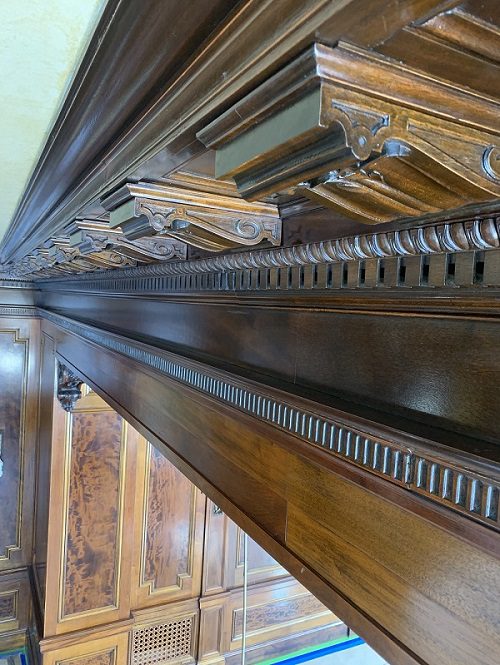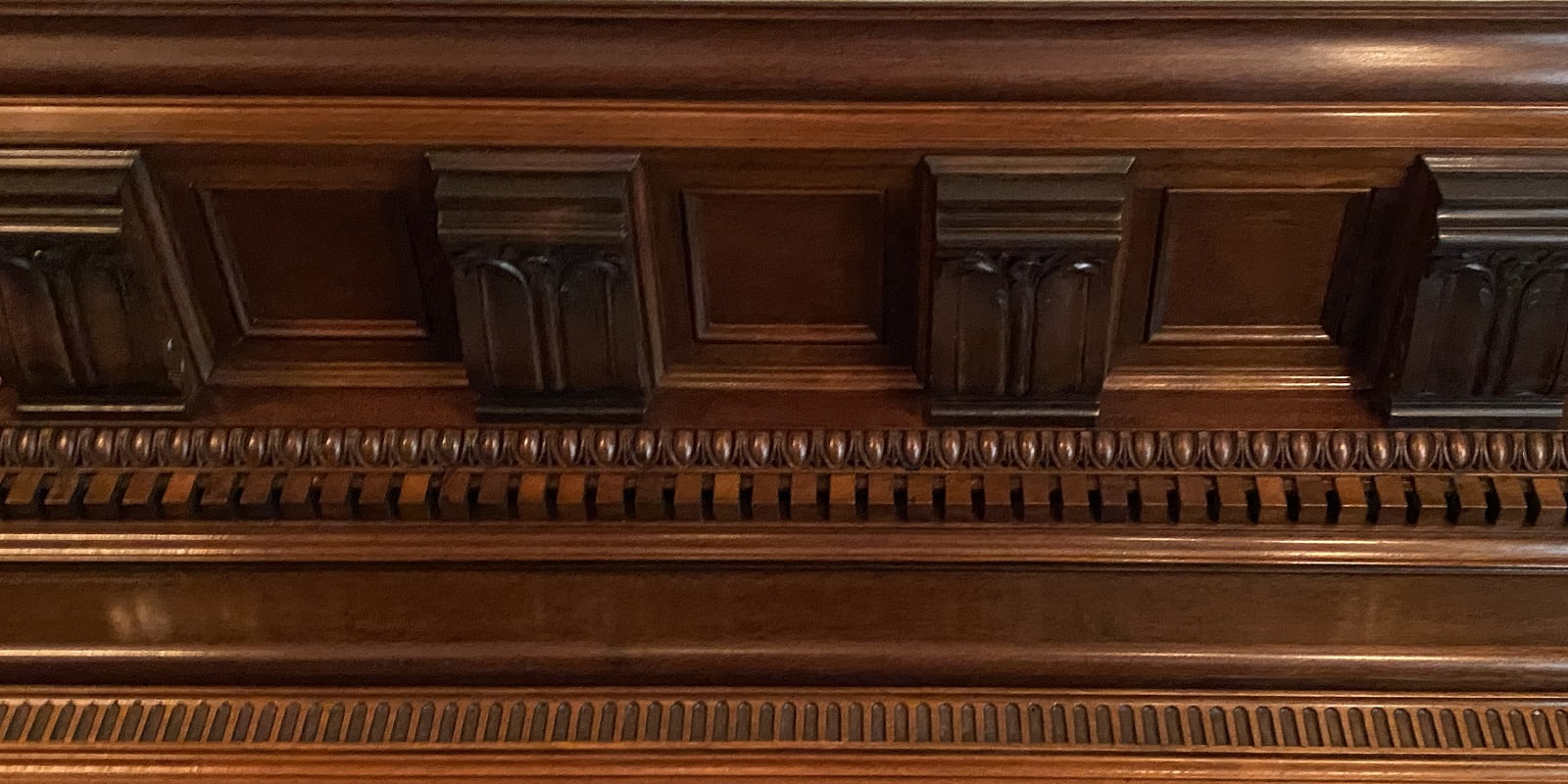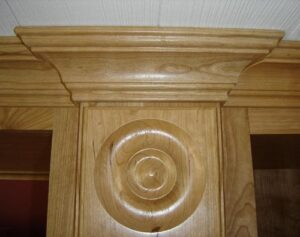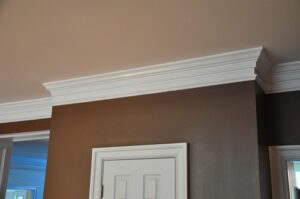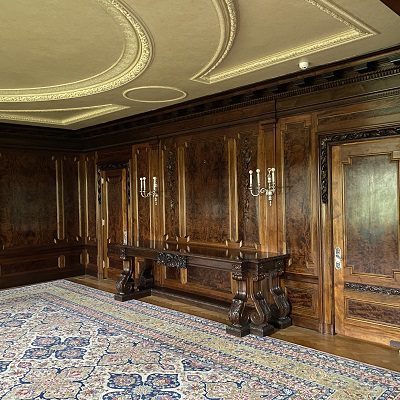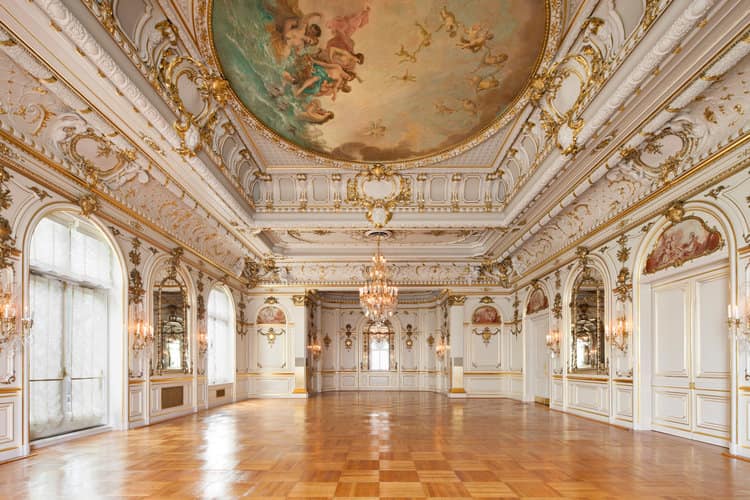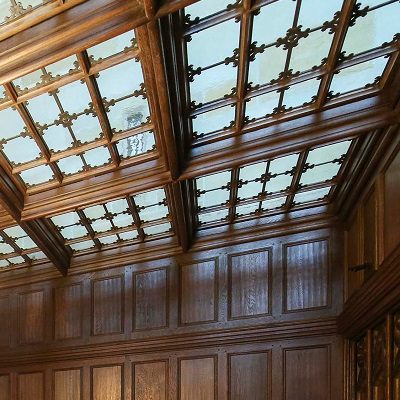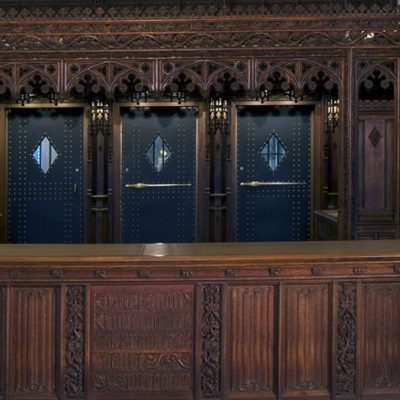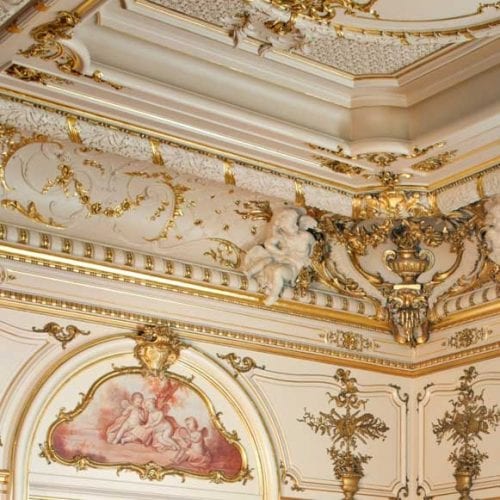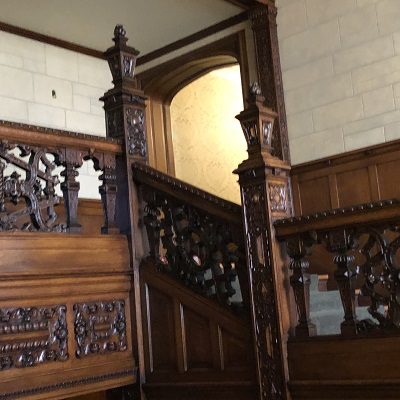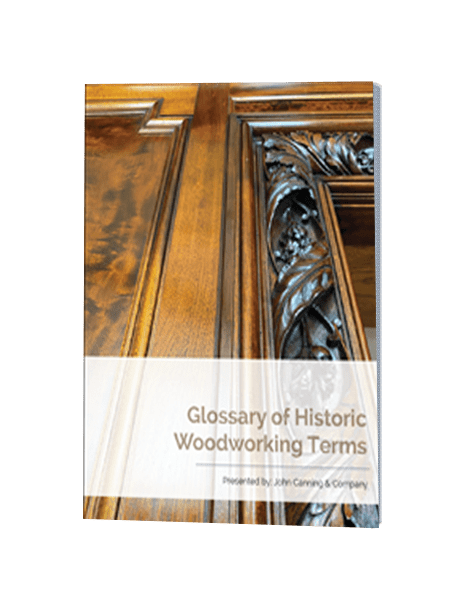Trims vs. Molds
It is easy to talk of trims and molds interchangeably though the two are separate things. The “trim” of a building refers to the material which surrounds doors and windows, or that which covers the seam of adjoining surfaces such as a wall and ceiling. A “mold” or “molding profile” pertains to the design of the trim. In many cases, plain trims can exist which are not considered to have a mold. However, the trims which this article will touch on all contain distinct molding profiles.
The Two Most Common Trims
The two most commonly recognized areas to use trim in a room are at the meeting of the wall to the ceiling and the wall to the floor. Crown trims primarily serve an ornamental purpose as their main use is covering the gap between a wall and ceiling. Similarly, a baseboard covers up the ninety-degree joint between the wall and floor. While both can have molding profiles, baseboards are usually simpler and might even lack a design altogether. Baseboards have a more utilitarian purpose than crown trims, however, they are still centered around enhancing the architectural space. Because the base of a wall is more susceptible to everyday use than the ceiling, baseboards can be good buffers for protecting the wall from possible scuffs and scratches.
Baseboard Trim (left) and Crown Trim (right)
Different Eras of Molding Styles
The Greek Revival style originated in the early years of the 19th century. As its name suggests, the mold for the trim was based on the ancient Greek temples, specifically the entablatures of famous buildings such as the Parthenon. The subtle but ornate entablature of the Parthenon introduces the notion of “framing” the key architectural features such as the pediment. Just as the ancient Greek temple’s trim helps focus the viewer’s eyes on its pediment, a 19th century house could focus attention on a door or wall using the same method of trim.
Parthenon Entablature (left) and Wood Crown Molding (right)
In the beginning stages of the early 19th century molding, the crowns and baseboards had to be hand-made, making the creation of molding profiles an expensive and prestigious element of the building process. Around 1850, however, machine processed molds facilitated the design process and overall use of such trims.
Transitioning from the late 19th century to the middle of the 20th century, the style of molds changed dramatically. Easy-access to molding profiles created a cost-effective means to decorate the home. Carpenters and architects were also able to experiment with the design of trims. Baseboard and crown molds of the Victorian Era show a push for a more illustrious interior design. This is exemplified with the floral carvings commonly found in trims of this era.
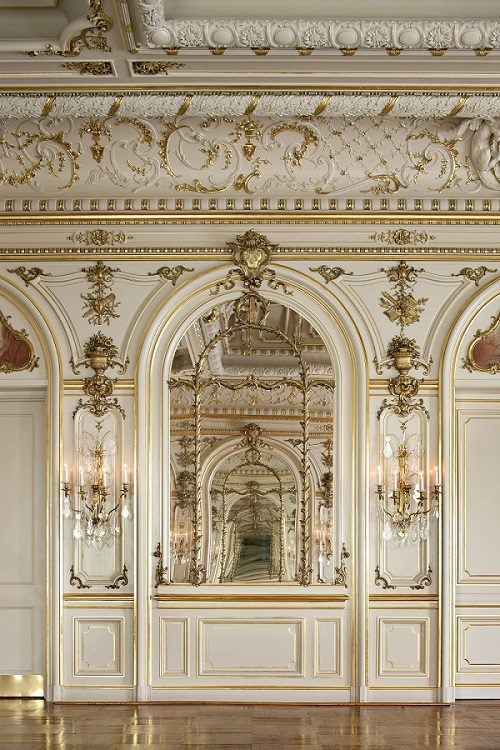
Victorian Style Crown Molding at the Cosmos Club
The Henry Ford - Fair Lane Estate is a good example of the late Victorian style woodwork, specifically the door frame and crown molding. John Canning & Co. recently worked on restoring and refinishing much of the estate including the intricate wood trim. The house was originally built in 1919 which places it on the verge of the Craftsman and Modern age but it stays true to the extravagant Victorian detailing. John Canning & Co. was tasked with returning Fair Lane Estate to its former style, part of which included the re-securing of the trim to the frames of doors, windows, and crowns of the interior.
